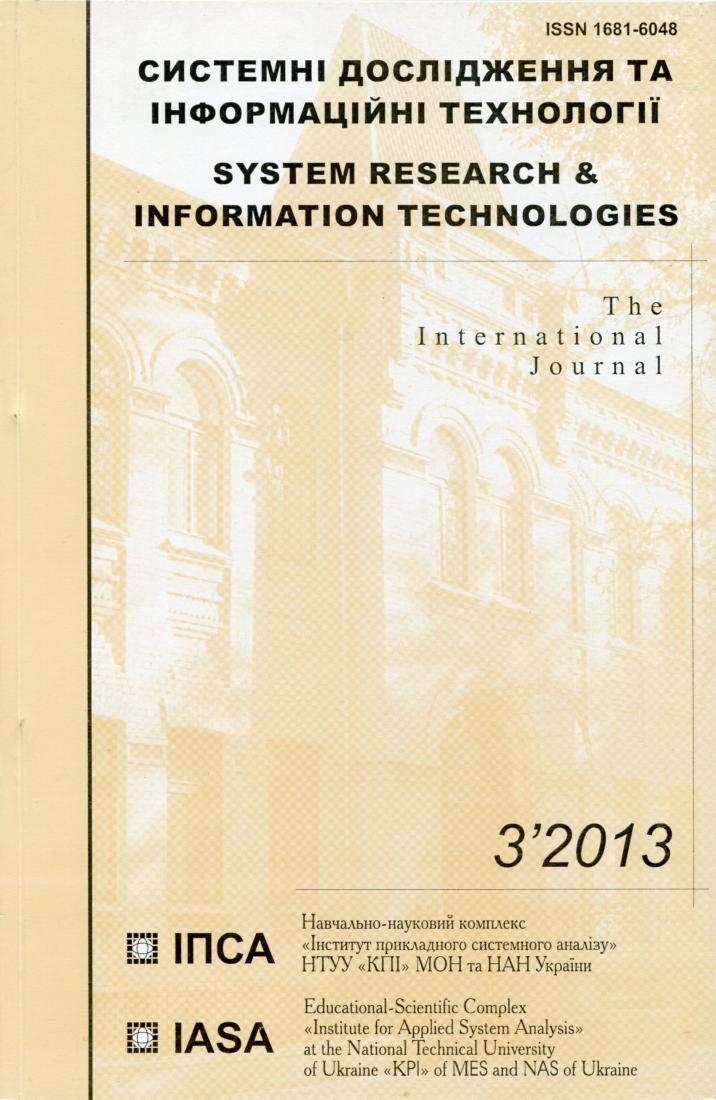Using ontology for querying in relational database
Abstract
Nowadays, the Web is the biggest existing information repository. However, to operate with its information human action is required, but the Semantic Web aims to change this. It provides a common framework that allows data to be shared and reused across application, allowing more uses than the traditional Web. Most of the information on the Web is stored in relational databases and the Semantic Web cannot use such databases. Relational databases can be used to construct ontology as the core of the Semantic Web. This task has attracted the interest of many researches, which have made algorithms (wrappers) able to extract structured syntactic information in an automatic or semi-automatic way. At our work we drew experience from those works. We showed different approaches of formalization of a logic model of relational databases, and a transformation of that model into OWL, a Semantic Web language. We closed this paper by mentioning some problems that have only been lightly touched by database to ontology mapping solutions as well as some aspects that need to be considered by future approaches.References
W3C Standards. — http://www.w3.org/RDF/FAQ.
OWL Web Ontology Language. — http://www.w3.org/TR/owl-ref/.
Jun Cai, Vladimir Eske, Xueqiang Wang. Semantic Web & Ontologies. — http://www.mpi-inf.mpg.de/departments/d5/teaching/ss03/xmlseminar/talks/CaiEskeWang.pdf.
The Semantic Web: An Introduction. — http://infomesh.net/2001/swintro/#whatIsSw.
Ayesha Banu. Semantic — Based Querying Using Ontology in Relational Database of Library Management System / Ayesha Banu, Syeda Sameen Fatima, Khaleel Ur Rahman Khan // Canadian Journal on Data, Information and Knowledge Engineering. — 2011. — 2, № 1. — P. 21–28.
Mostafa E. Saleh. Semantic-Based Query in Relational Database Using Ontology // Canadian Journal on Data, Information and Knowledge Engineering. — 2011. — 2, № 1. — P. 1–16.
Anand Ranganathan, Zhen Liu. Information Retrieval from Relational Databases using Semantic Queries. — http://citeseerx.ist.psu.edu/viewdoc/download?doi=10.1.1.87.5718&rep=rep1&type=pdf.
Sami Kiminki. SPARQL to SQL Translation Based on an Intermediate Query Language. — http://www.cs.hut.fi/~skiminki/bib/ssws2010-paper3.pdf.
Harris S., Shadbolt N. SPARQL query processing with conventional relational database systems. Date Query Language. — 2005. — 3807. — P. 235–244.
Chebotko A., Lu S., Fotouhi F. Semantics preserving SPARQL-to-SQL translation // Data and Knowledge Engineering. — 2009. — 68, № 10. — P. 32–39.
Riazanov A. Resolution-based Query Answering for Semantic Access to Relational Databases // A Research Note. Preprint. — 259, 48 — P. 1–15.
Lubyte L. Tessaris S. Extracting ontologies from relational databases // Proceedings of Description Logics. — 2007. — 250, № 48. — P. 122–126.
Sequeda J.F. Ultrawrap: Using SQL Views for RDB2RDF. — http://citeseerx.ist.psu.edu/viewdoc/download?doi=10.1.1.153.6203&rep=rep1&type=pdf.
Dejing D., Han Qin, Paea LePendu. Ontograte: towards Automatic Integration for Relational Databases and the Semantic Web through an Ontology-Based Framework // Int. J. Semantic Computing. — 2010. — 4, № 1. — P. 123–151.

